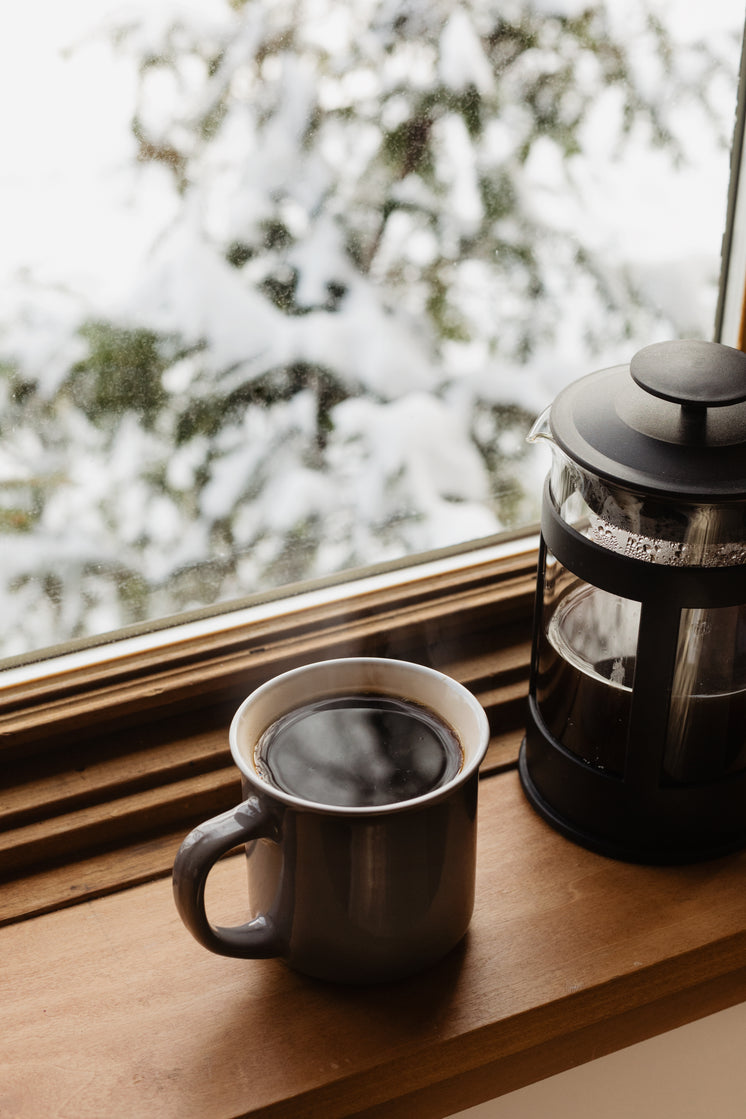Screen printing is a printing approach that uses a woven mesh to assist an ink blocking stencil. The hooked up stencil kinds open areas of mesh that transfer ink as a pointy-edged picture onto a substrate.A squeegee is moved throughout the screen stencil forcing or pumping ink past the threads of the woven mesh in the open areas.

A display screen is made from porous, finely woven fabric called mesh stretched over a body of aluminum or wood. Originally human hair then silk was woven into screen mesh, at present most mesh is made of man made supplies such as steel, nylon, and polyester. Areas of the screen are blocked off with a non-permeable materials to form a stencil, which is a detrimental of the image to be printed; that is, the open spaces are the place the ink will seem.
The screen is placed atop a substrate similar to polystyrene, paper or fabric. Ink is positioned on top of the display screen, and a floodbar (often known as a fill bar) is used to fill the mesh openings with ink. The operator begins with the floodbar on the rear of the screen and behind a reservoir of ink. The operator lifts the display to forestall contact with the substrate. Then utilizing a slight amount of downward power pulls the floodbar to the front of the display. This successfully fills the coustic mesh openings with ink. Moves the ink reservoir to the front of the display screen. The operator then makes use of a squeegee (rubber blade) to maneuver the mesh all the way down to the substrate. Pushes the squeegee to the rear of the screen. The ink that is in the mesh opening is pumped or squeezed by capillary motion to the substrate in a controlled and prescribed quantity, i.e. the wet ink deposit is equal to the thickness of the coustic mesh and or stencil. As the squeegee strikes towards the rear of the screen the tension of the mesh pull the mesh up away from the substrate (called snap-off) leaving the ink upon the substrate floor.
The Screen Printing Process
There are three types of screenprinting presses. The ‘flat-bed’ (most likely the most widely used), ‘cylinder’, and ‘rotary’.
Textile gadgets are printed in multi-coloration designs using a wet on wet approach, whereas graphic items are allowed to dry between colours which might be then printed with one other screen and sometimes in a different shade.
The screen can be re-used after cleansing. However if the design is no longer wanted, then the display screen might be “reclaimed”, that’s cleared of all emulsion and used again. The reclaiming process entails removing the ink from the screen then spraying on stencil remover to take away all emulsion. Stencil removers come within the type of liquids, gels, or powders. The powdered varieties need to be mixed with water before use, and so will be considered to belong to the liquid category. After making use of the stencil remover the emulsion have to be washed out utilizing a strain washer.
Most screens are prepared for recoating at this stage, however typically screens must endure an extra step within the reclaiming process called dehazing. This additional step removes haze or “ghost images” left behind in the display screen as soon as the emulsion has been eliminated. Ghost pictures are likely to faintly define the open areas of earlier stencils, hence the title. They are the results of ink residue trapped in the mesh, usually in the knuckles of the mesh, these factors where threads overlap.
While the public thinks of garments together with screenprinting, the approach is used on tens of hundreds of gadgets, decals, clock and watch faces, and many more merchandise. The technique has even been tailored for more superior makes use of, akin to laying down conductors and resistors in multi-layer circuits using skinny ceramic layers as the substrate.
Screenprinting is extra versatile than most other traditional printing strategies. The floor doesn’t have to be printed underneath strain, unlike etching or lithography, and it does not must be planar. Screenprinting inks can be utilized to work with a wide range of supplies, similar to textiles, ceramics, wooden, paper, glass, metallic, and plastic. In case you have any kind of inquiries relating to in which and the best way to use coustic mesh supply, it is possible to contact us from the web-site. As a result, screenprinting is used in many different industries, from clothing to product labels to circuit board printing.
